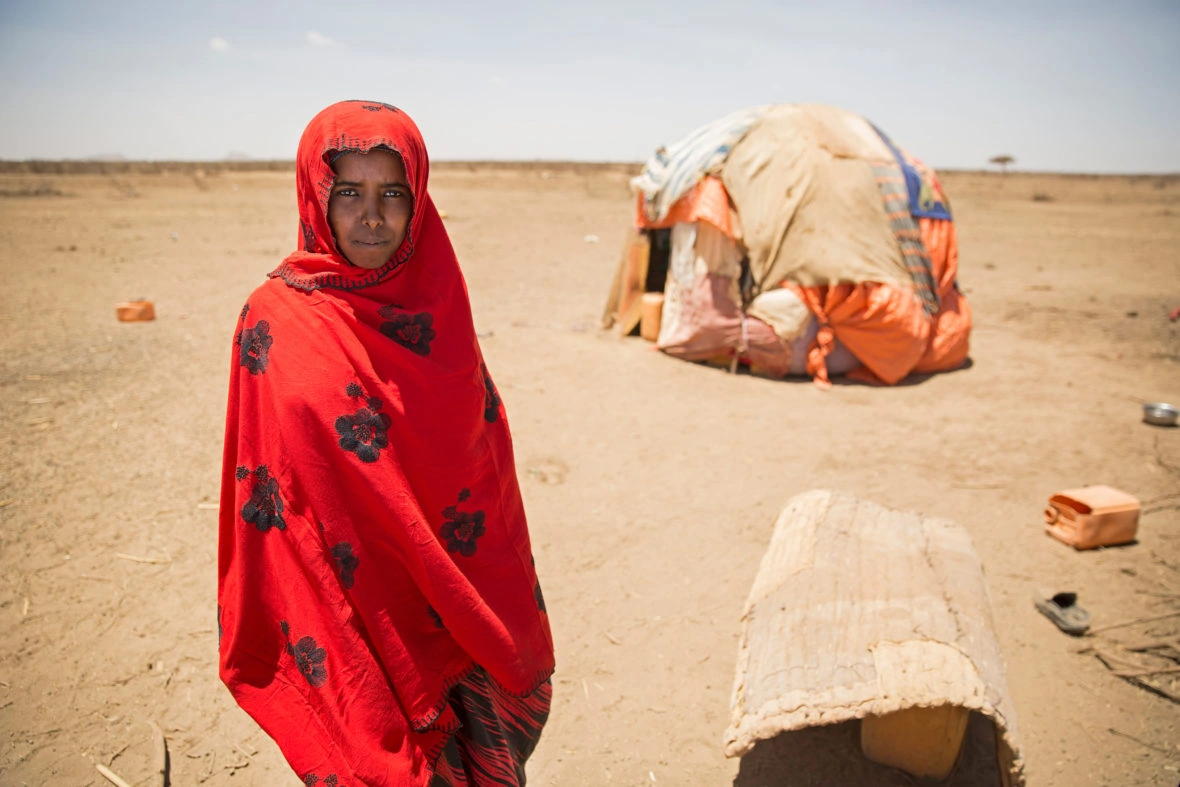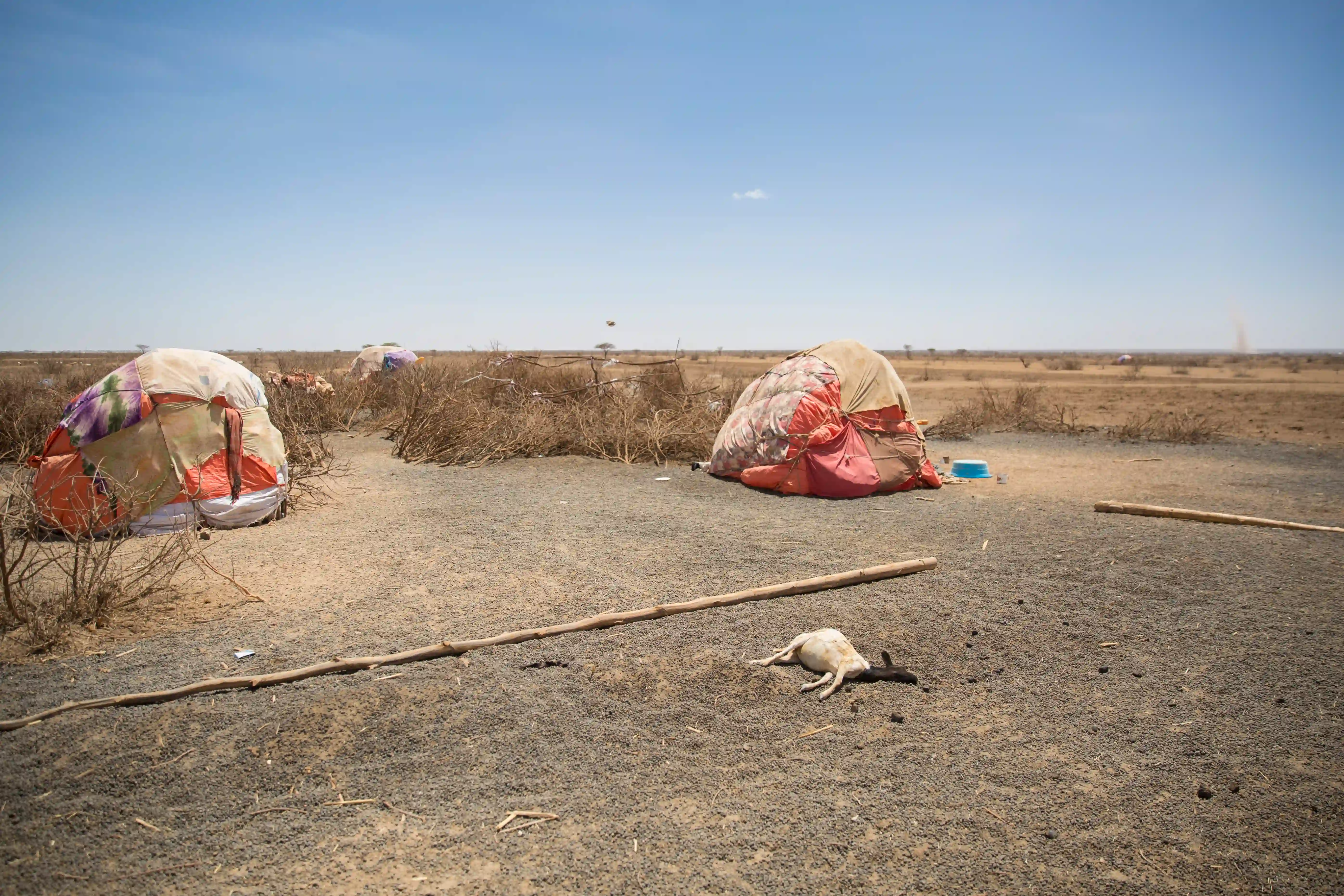Early last year, when Somalia was cited as one of four countries on the brink of famine, it brought on a grim sense of déjà vu. Five years before, over 250,000 people — many of them children — had died of hunger and related diseases in the first famine of the 21st century. But that didn't happen in 2017. Here are some some reasons why.
1. Information
Gathering and analyzing information is key. Early Warning Early Action (EWEA) — identifying and responding more quickly to the signs of coming crisis — is a central part of the Building Resilient Communities in Somalia (BRCiS) program, which Concern is implementing together with Norwegian Refugee Council, International Rescue Committee (IRC), Save the Children and CESVI. It systematically monitors conditions in its program areas and includes a mechanism to trigger a rapid localized response when signs of a potential crisis emerge.

2. Rapid response
Most of Somalia depends on two annual rainy seasons for agriculture and livestock production, and when there were signs — as early as June 2016 — that the April to June Gu rains would not perform well, we began responding with cash transfers of $30 per month to 803 of the poorest households in Gedo.
Despite the crisis, markets continued to function and food remained available for purchase, minimizing displacement.
In November, as the subsequent Deyr rains appeared to be failing and the probability of disaster had therefore increased, Concern increased the amount to $50 per month and doubled the number of recipient households to 1606, now including the poorest 20% of households.
By January 2017, with the failure of the rains confirmed, Concern was able to increase the cash transfers to $60 per month. Despite the crisis, markets continued to function and food remained available for purchase, minimizing displacement to urban centers.

3. Increased resilience
Our approach to early warning meant that by the time the Food Security and Nutrition Analysis Unit — the leading source of food security and nutrition surveillance in Somalia — indicated the possibility of famine in Somalia on 16 January, 2017, Concern staff had already been responding to that possibility in half of its target communities for 7 months.
While over 900,000 households have been displaced across the country... none of the our villages have experienced significant numbers of people leaving.
Ongoing discussions with the target communities and observations by Concern field staff suggest that as a result of this early action, the villages in which the resilience program operates are faring considerably better than might have been expected. While over 900,000 households have been displaced across the country since November 2016, none of the our villages have experienced significant numbers of people leaving due to the drought.
In fact, even though these communities were originally targeted as the most vulnerable in their respective areas, most have since become hosts to displaced people from nearby and previously “better off” villages. That's amazing progress.
With millions of people still affected by food crisis in Somalia, it remains imperative to learn the lessons of the past two years and continue to respond to emerging needs early and effectively, in order to continue to keep famine at bay.

A lesson learned
It is important, of course, to keep these successes in perspective. This program was a pilot through which Concern supported fewer than 30 villages, a number that pales in comparison to the 900,000 people forced to leave their homes and seek refuge in urban centers due to the food crisis. But this does show what can be achieved in mitigating the impacts of major slow onset disasters in Somalia.

